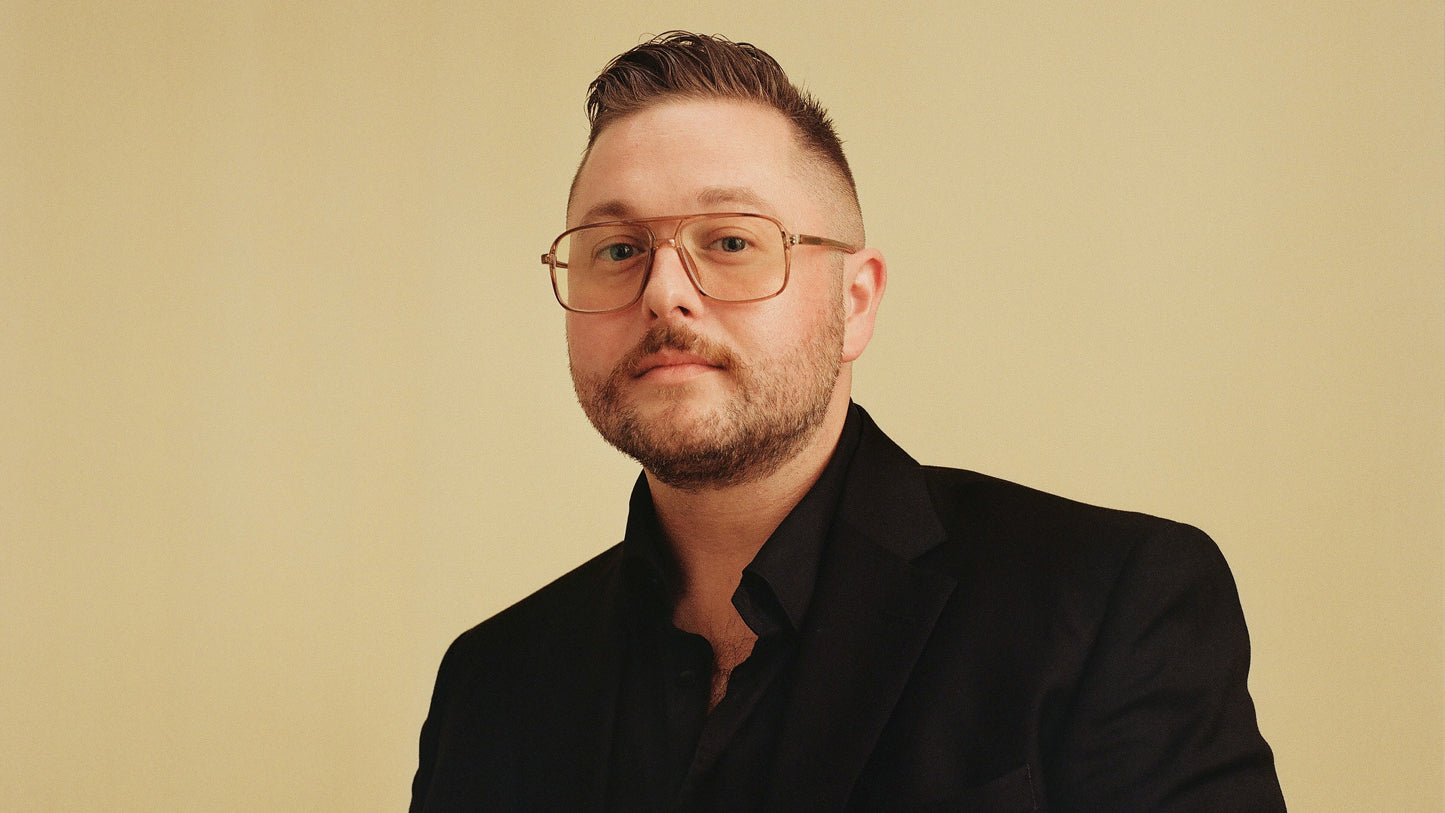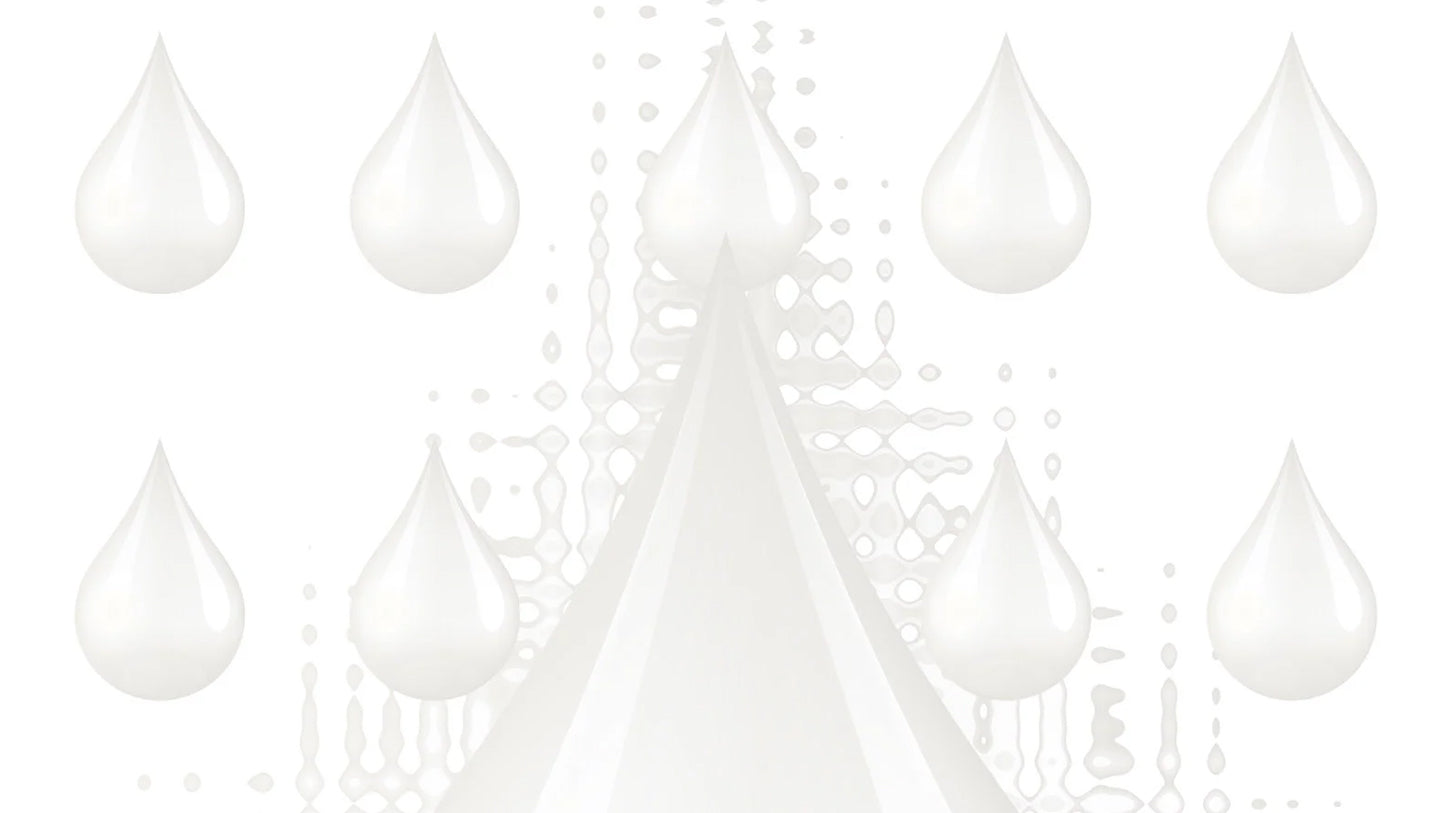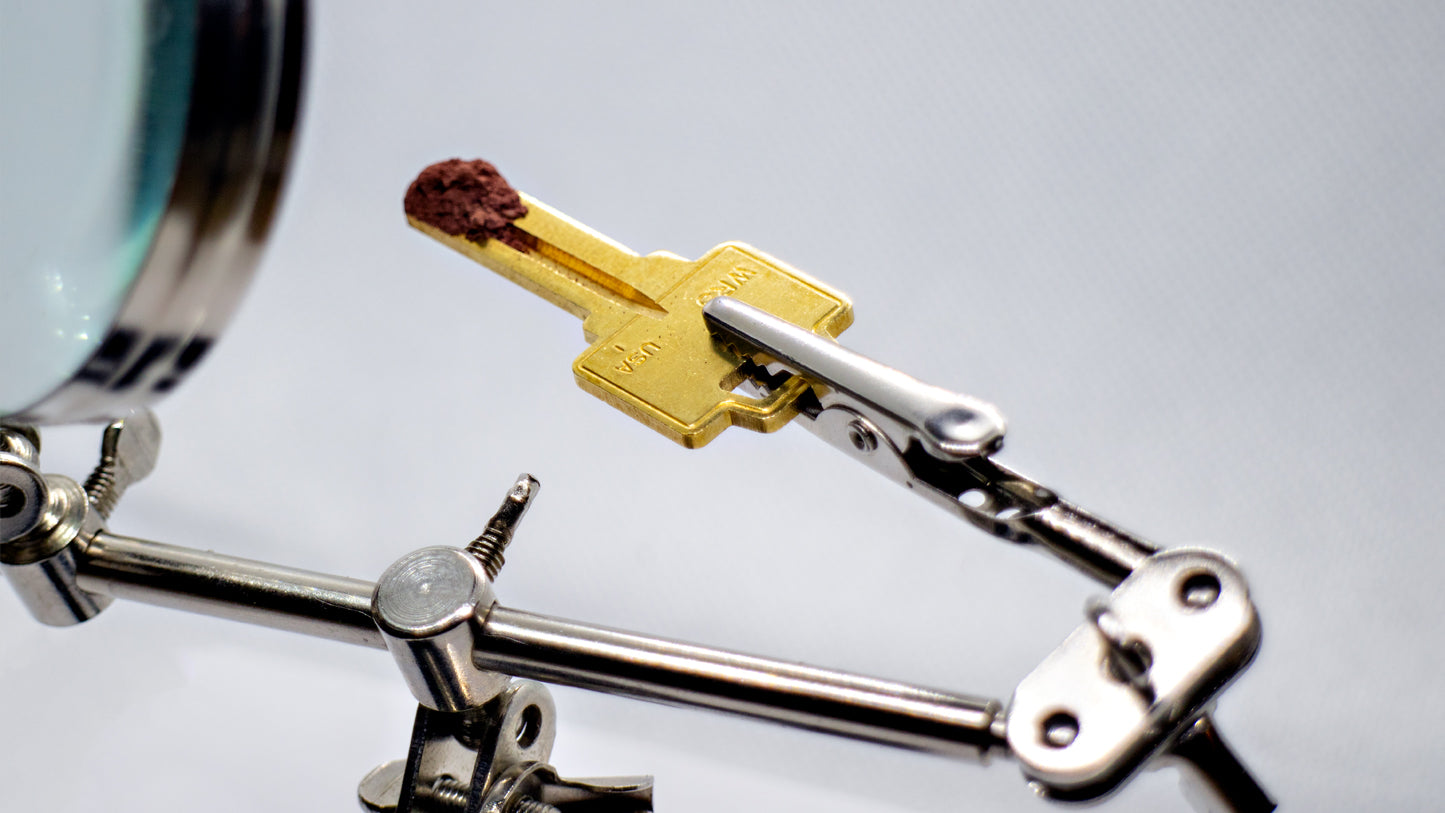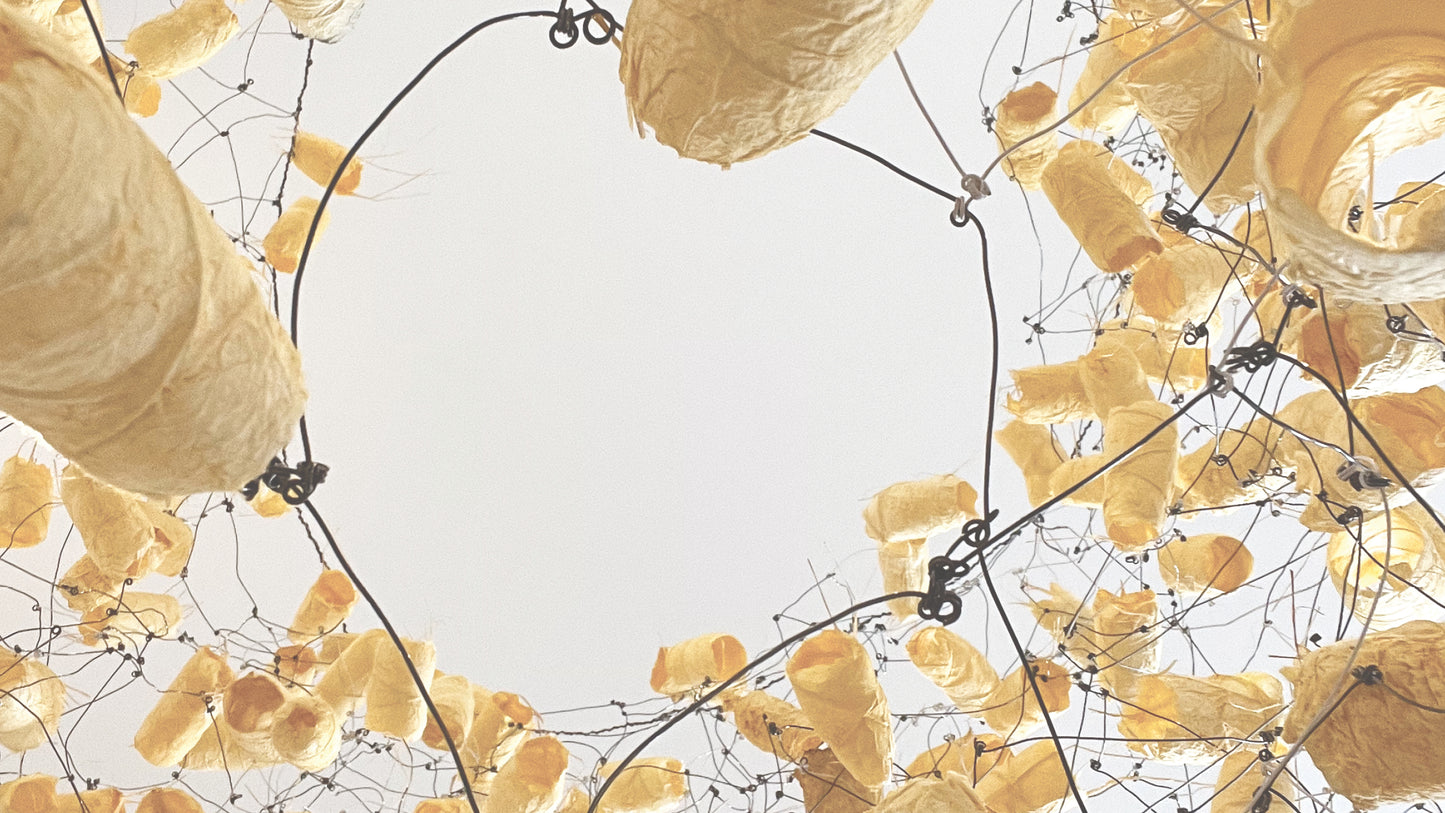
Congratulations to Christine Fitzgerald, who is the 2023 Karsh Award Laureate. Their exhibtions at the Karsh Masson Gallery runs from May 9 to July 21, 2024, located at Ottawa City Hall.
Opening: Thursday, May 9, 5:30 to 7:30 pm
Speeches will begin at 6 pm.
Access is limited to the Laurier Avenue entrance.
Moderated panel discussion: Friday, June 7, noon to 1:30 pm
Free admission. Bilingual presentation. Presented in-person and virtually
“Natural History Collections and Creative Exchange: Christine Fitzgerald’s Photographs of Specimens”
- Moderator: Dr. Melissa Rombout (exhibition curator)
- Panellists: Christine Fitzgerald (2023 Karsh Award Laureate), Dr. Danika Goosney (President and CEO, Canadian Museum of Nature), Guy Levesque (Associate Vice-President, Innovation, Partnerships and Entrepreneurship, University of Ottawa)
This panel discussion considers innovative approaches to creative collaboration across disciplines and how activating aesthetic reconsideration of scientific collections addresses our present moment of ecological precarity.
Artist and curator tour: Sunday, June 23, 2 pm
Free admission. Bilingual presentation. Presented in-person.
About the Karsh Award
The Karsh Award honours the artistic legacy of celebrated Ottawa photographers Yousuf and Malak Karsh. It is presented every four years to a local mid-career or established artist for their outstanding body of work and their significant contribution to the artistic discipline in a photo/lens-based medium.
Requiem features fascinating photographs of natural history specimens by Christine Fitzgerald through which the pleasures of looking and the experience of wonder are again present. During her artist residencies studying natural history collections, Fitzgerald selected specimens, collected long ago by naturalists for scientific study, situating these formerly living creatures within a tradition of photographic image-making itself. Fitzgerald presents each unique specimen as the precious object it appeared to be to its bygone human collector. Fitzgerald’s photographs are in themselves material objects: she intermingles digital images with a resuscitation of bygone photographic techniques, practised during the same era of avid specimen collecting—daguerreotypy, wet collodion plates, platinum and palladium printing onto archival rag, pigmented gum impressions. - Excerpt by Dr. Melissa Rombout
Dr. Melissa Rombout is an independent curator and lecturer on histories of photography. She received her Ph.D. from the Amsterdam School for Cultural Analysis and has had a prolific career working with museums, libraries, and archives in Canada and internationally. Her recent doctoral research revisited J.L. Austin’s How to Do Things with Words (1961) in her proposal for a theoretical blueprint to consider the performativity of contemporary art as political speech. Her current curatorial projects focus on collaborative practices between artists and scientists in fostering environmental advocacy and the resurgence of “extinct” photographic technologies as medium and metaphor in addressing eco-anxiety.




